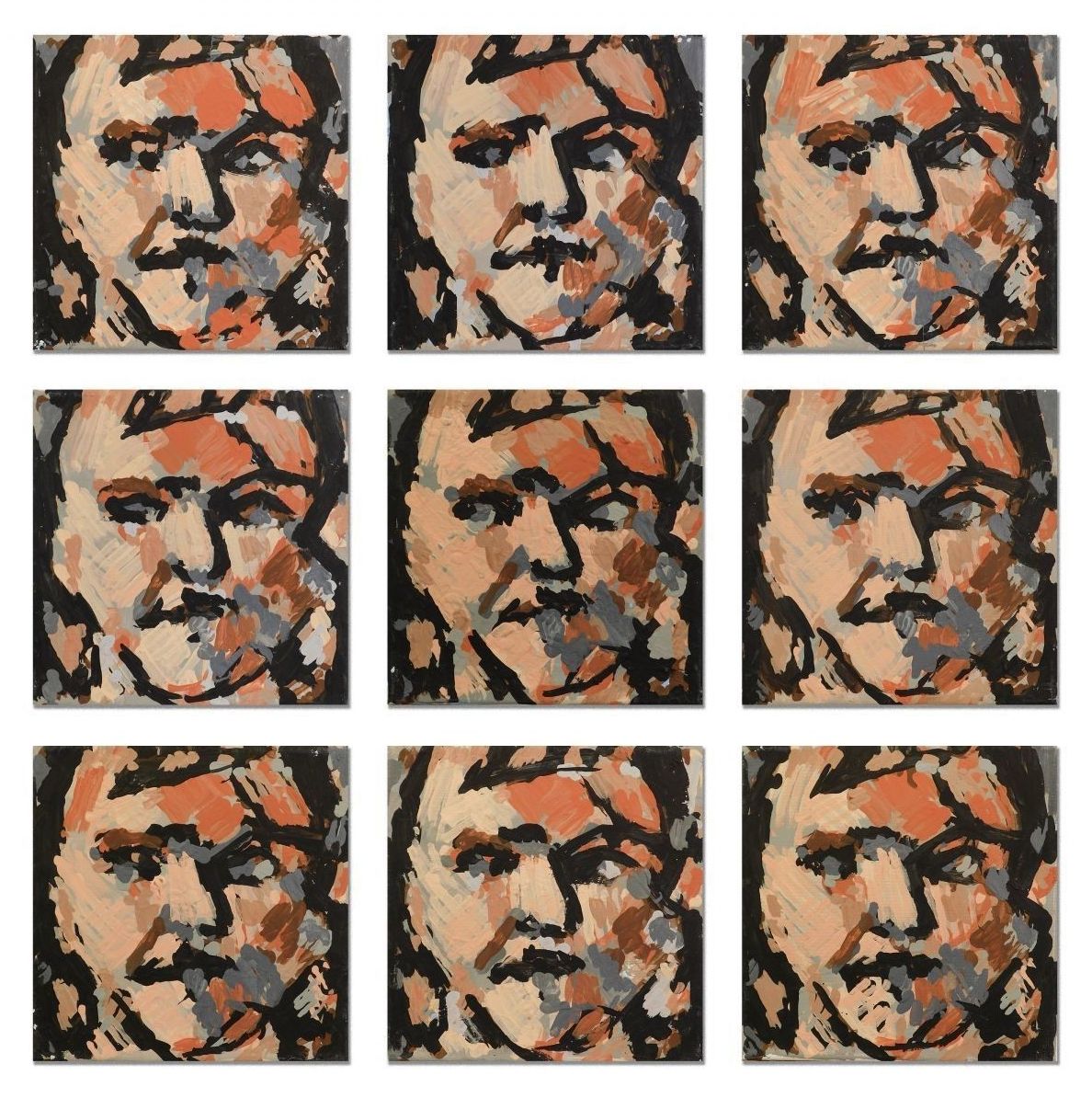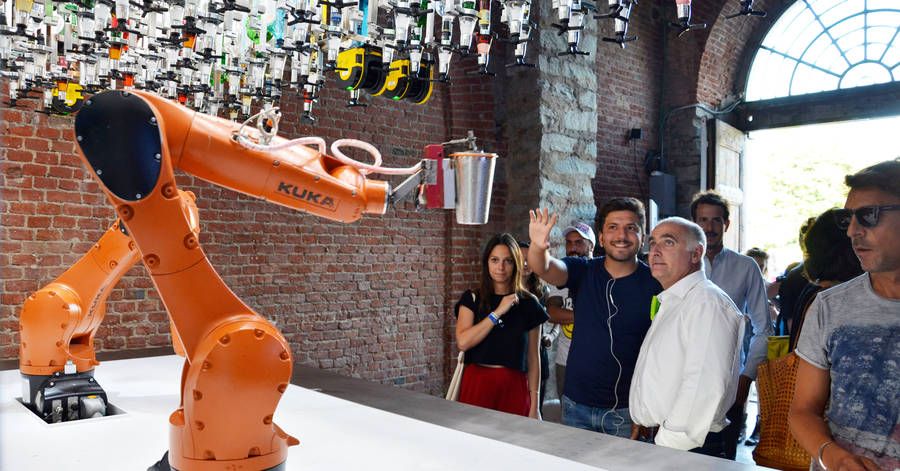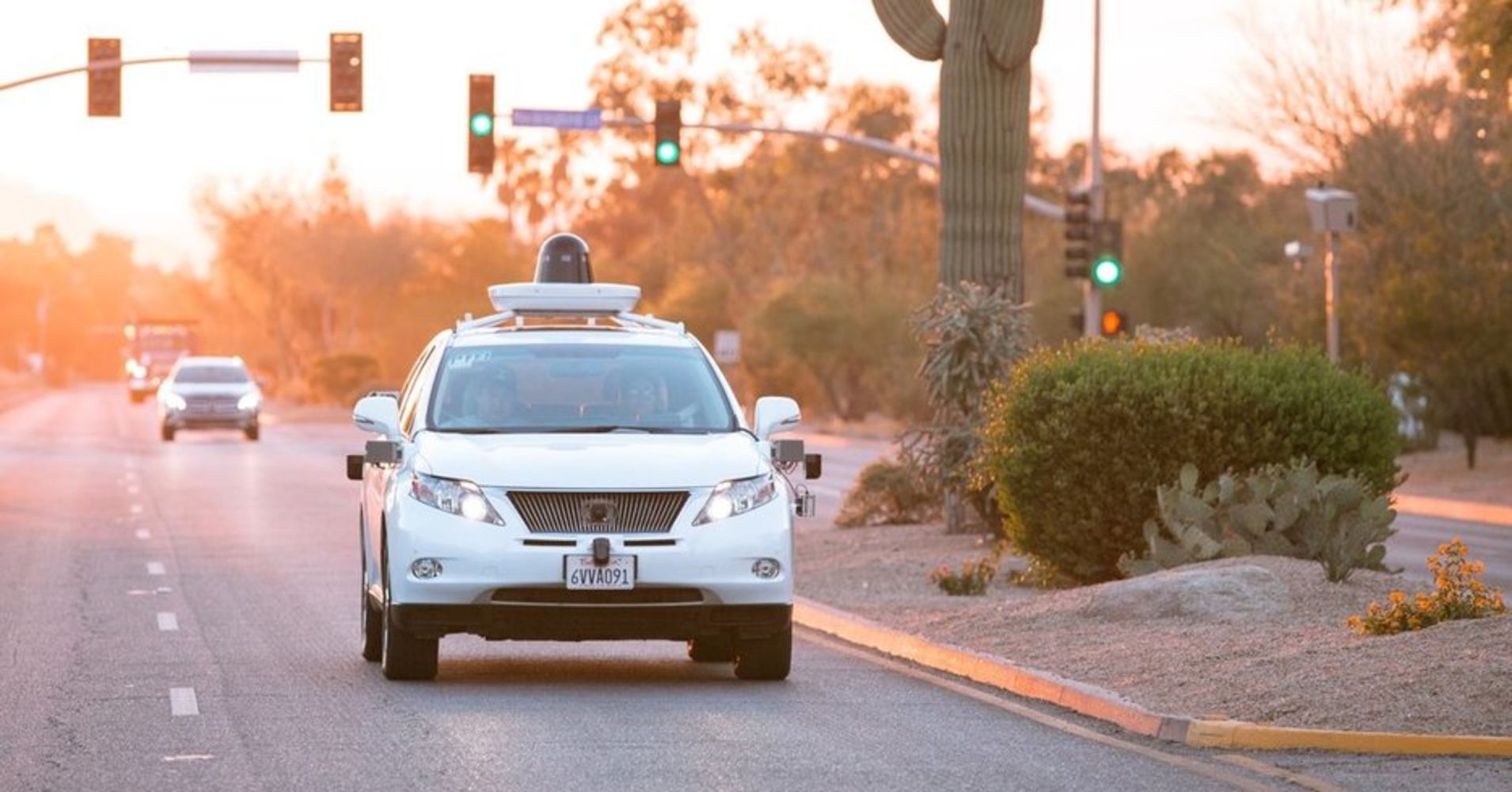Beauty in binary.
The RoboArt gallery has hosted an art competition for robots and AI for the third year in a row.


Although i dont really like the idea of a different robot for every job, because you will get nickel and dimed to death.
If you love scrubbing the floors of your kitchen and bathrooms, then don’t get an iRobot Braava Jet 240. If you would rather let a plucky little robot do the mopping for you, then do get one, and leave this thankless household chore behind forever.

The big roll out Was going to be 2022, now looking like maybe 2027. There has been some shady stuff happening in the background in the USA to hold up self driving cars. It seems the people who were set to lose a lot of money on the changeover have found ways to hold it up.
Despite the rapid accumulation of testing miles, Krafcik warned the governors not to end all of their infrastructure investments just yet. Responding to a question about the need for new parking facilities, he responded that there will be a very long period of overlap between personally owned human driven vehicles and shared automated vehicles from Waymo and others. He suggested that it might be possible to slow down on some massive parking structures but was non-committal on timelines.
With Waymo planning to launch its commercial service by the end of 2018, GM coming in 2019 and others including Zoox, Daimler and Voyage in the next 2–3 years, there will be shared automated vehicles on the road. However, these will be limited to locations where they are demonstrated to function reliably and there is a market for ride-hailing despite the optimistic projections of some investors and developers. Widespread adoption in the millions of vehicles globally is unlikely before the latter half of the 2020s.
Krafcik was equally non-committal to Sandoval’s query about when he might be able to purchase his own car with Waymo technology. While Waymo and Fiat Chrysler are in talks about utilizing this virtual driver system on cars for retail sale, Krafcik said it’s going to be some time yet. The emphasis for now is the ride-hailing service, trucking and logistics and working with transit authorities. Supplying systems for personal use cars is last on the timeline.


The company’s autonomous vehicles just drove 8 million miles on public roads. What’s more, it took the company just one month to go from 7 million miles to 8 million miles driven.
“We’re driving now at the rate of 25,000 miles every day on public roads,” CEO John Krafcik said Friday while addressing the National Governors Association.
Waymo’s acceleration in logging miles with self-driving cars has picked up in the last year. In November 2017, it crossed 4 million miles. Less than a year later it’s doubled that figure.
Human-led AI development, the importance of analogies, predictive capabilities and strategy thoughts, for your thoughts too;
The Block 5 is the only Falcon 9 the company will fly from now on.
Early Sunday morning, SpaceX is slated to launch its second Falcon 9 Block 5 rocket — the final and most powerful version of the vehicle the company plans to make. After launch, SpaceX will attempt to land the vehicle on one of its autonomous drone ships in the Atlantic. And landings should become fairly routine now, as all of SpaceX’s missions will utilize the Block 5 from now on.
The Falcon 9 Block 5 is optimized for rapid reusability, according to the company. It boasts a number of improvements that make the vehicle easier to land after launch, as well as upgrades that minimize the amount of refurbishment the rocket needs between flights. SpaceX CEO Elon Musk claims that the Block 5s won’t need any major refurbishment for the first 10 flights or so, and could potentially fly up to 100 times before being retired. The company’s ultimate goal is to turn these vehicles around in just 24 hours after landing. The fastest SpaceX has been able to manage so far is two and a half months.
Serious problems and issues that can be solved using AI — artificial intelligence. AI is something that can help all of us, if we use it correctly.

Starting July 22, SpaceX will have the chance to further cement itself as the best wide receiver in the aerospace game. Elon Musk’s rocket company is scheduled to make a total of five recoveries in less than two weeks, including three Falcon 9 autonomous spaceport done ships recoveries, a rocket fairing recovery, and a Dragon capsule retrieval.
This will require SpaceX’s fleet of recovery vessels to kick into overdrive. Both of its drone ships — Of Course I Still Love You in the Atlantic Ocean and Just Read The Instructions in the Pacific — will be serving as a landing platform for two separate Falcon 9 rockets. While two boats, including the newly upgraded Mr. Steven and NRC Quest will be tasked with bringing back a Falcon 9 fairing and the Dragon Capsule, respectively.
SpaceX prides itself on pioneering the use of reusable rocket parts and space vessels to make space travel more affordable than it has ever been. These five recoveries will put the company’s most iconic retrieval systems to the test.
Learning algorithms which improve how they learn, computers which define their own objectives and then do it, robots which learn from us like children do, its all not far off now.
Panelists:
Professor juergen schmidhuber director & professor, the swiss AI lab IDSIA – USI & SUPSI
Get Started at https://directory.cognitionx.com/
—————————————————————————————————————